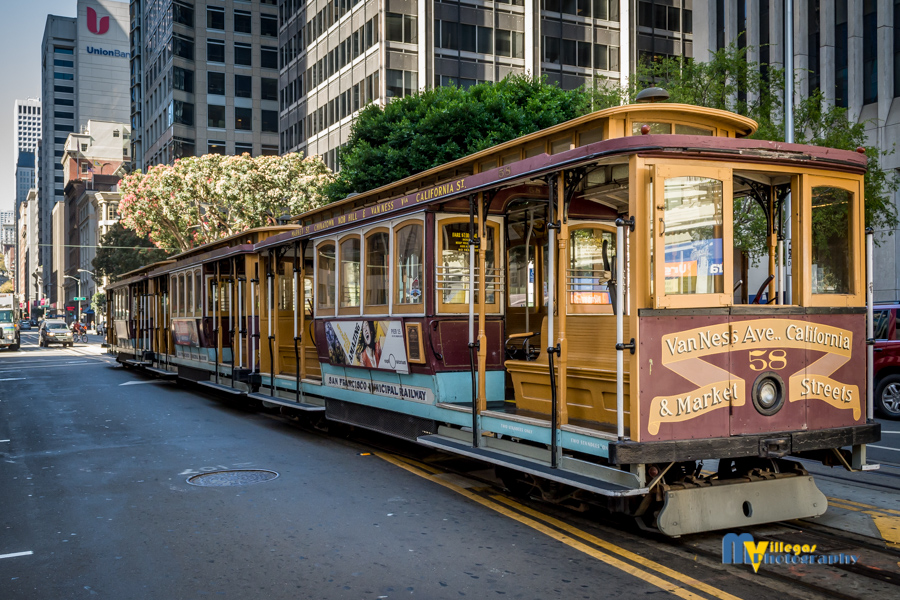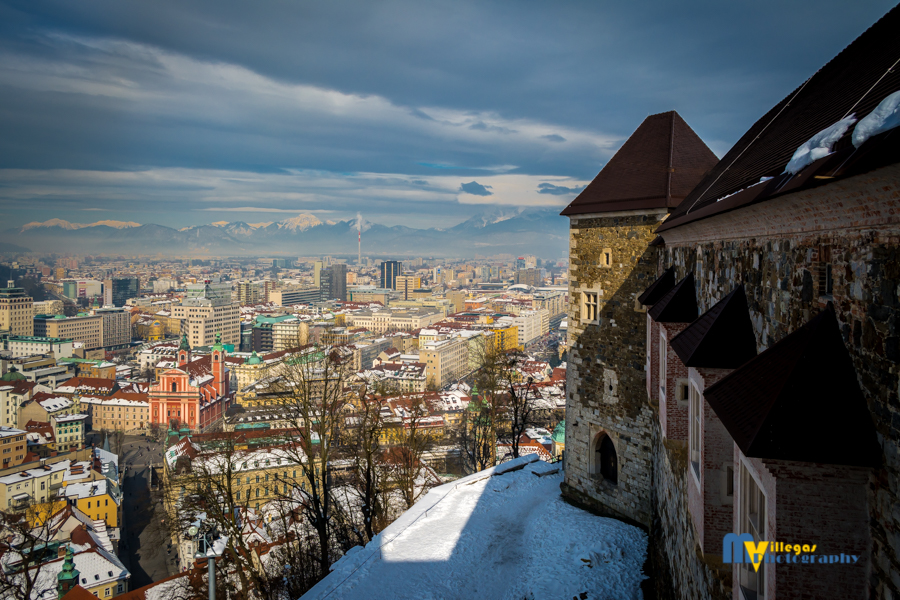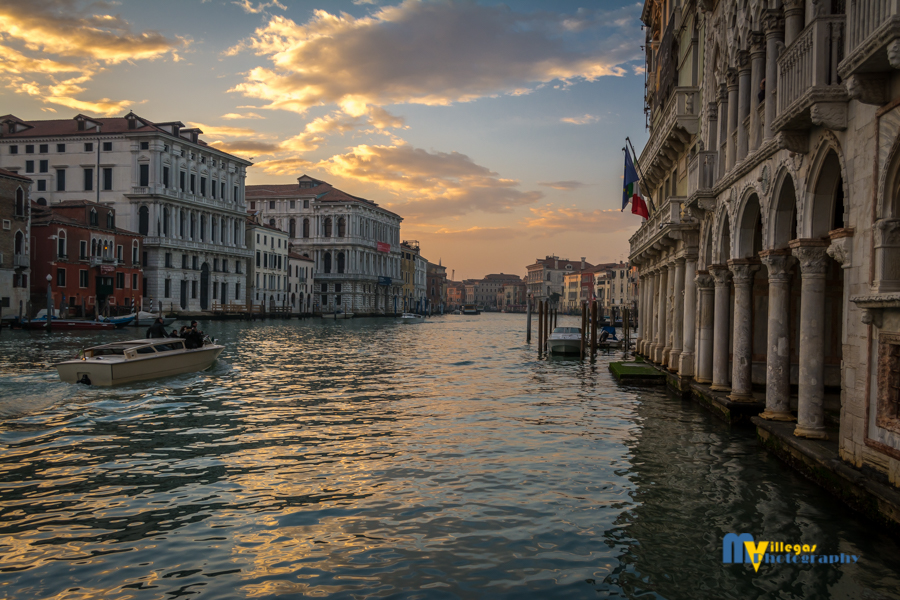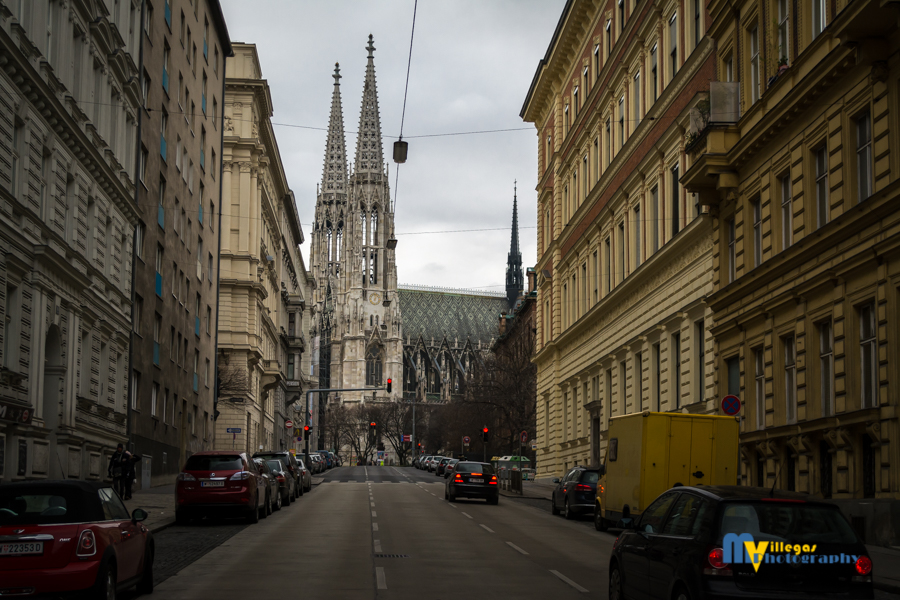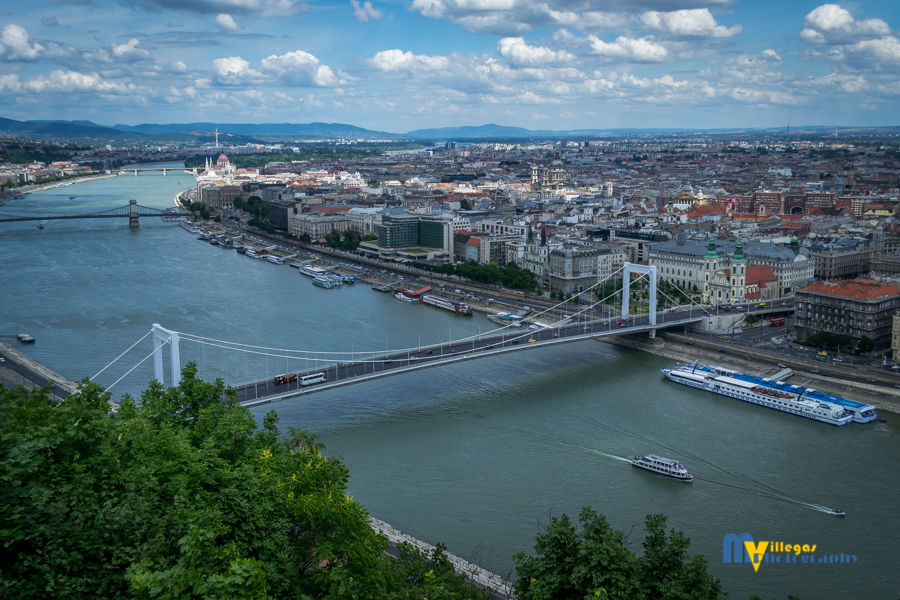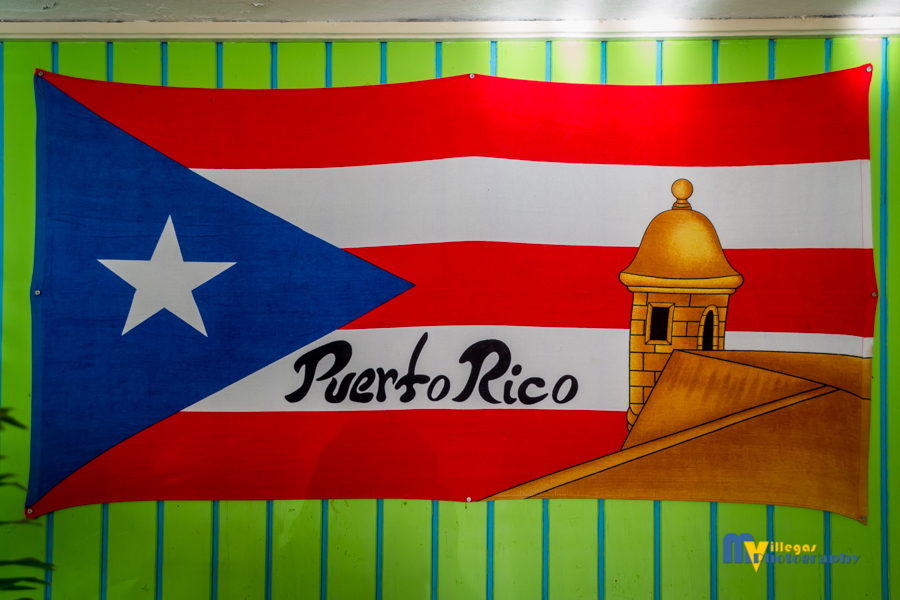What do you get when you cross Galicia (the central European one, not the Spanish one), Tatars, Mongolia, Poland, Austria, Germany, Russia and Ukraine? No, really… You get lions. Walking through the streets of the very beautiful and ancient city of Lviv in western Ukraine is like walking in a[…]
Age, Beauty and Ritual
Everyone who knows me knows that I am not that much of a religious guy. I have my beliefs but they do not seem to fall into any of the established and generally accepted religions of the world. No, I do not believe aliens populated the planet or that we were[…]
The City by the Bay
Scott Mc Kenzie sang way back in 1967 that if you were going to San Francisco, you should be sure to wear some flowers in your hair. Well… walking around the “Paris of the West” today you would be hard pressed to actually find anyone with flowers in their hair or[…]
Ljubljana, Slovenia… Land of Heroes and Dragons.
The old and historical capital of Slovenia is a city of smiles, culture and liveliness. Ljubljana (pronounced “Lee-u-blee-a-na”… Slavic J’s are pronounced like the English letter E) is the largest city in Slovenia and its beating heart. With just above 200 thousand inhabitants, the quality of life here is remarkable in[…]
The Sinking City
In a little nook on the north-eastern side of the Adriatic Sea is a city composed of 117 small islands separated by a series of multiple canals and crisscrossed by narrow walkways. Each island is interconnected to the others by a series of beautiful and unique bridges (more than 400) which evoke[…]
Tokina 11-16mm / F2.8 IF AT-X Pro DX II – Love was never said any sweeter…
First, allow me to start with OH MY GOD! I love this lens! Ok… so now that I managed to get my inner teenager out of the way… The Tokina 11-16mm f2.8 lens is simply an amazing lens. Very rarely will you find a lens that offers so many possibilities[…]
Vienna… City of Music, Christmas and Very Cold Extremities.
In my last blog post, I spoke to you about the capital of Hungary, Budapest. In the spirit of keeping with history, I will write you today about another majestic city that has very close historical ties to Budapest – not to mention that main artery of Europe, the Danube[…]
Grand Budapest… No, not the hotel.
When speaking of grand European capital cities, the majestic Hungarian capital of Budapest must be among them. It is one of those cities that when you describe them contain adjectives such as “historical”, “magnificent” and “Jesus Christ, this place is beautiful!” It is a city split right down the middle by[…]
Puerto Rico Series, Part Three – The Beaches!!!
It is impossible to talk about the Caribbean without mentioning the most obvious attraction of all… The beaches. And Puerto Rico undoubtedly has the best in all of the Caribbean. Sand, sun, surf, girls in bikinis or muscled guys in shorts (depending on your preference), cold beverages and delicious fried food and BBQ. Puerto[…]
Puerto Rico Series, Part Two – El Yunque National Forest
This is the second part of a short series of blog posts highlighting different places of interest on the island of Puerto Rico. In each of them I will do my best to provide you with some information and show you some of the photographic work I did while there. You are[…]


